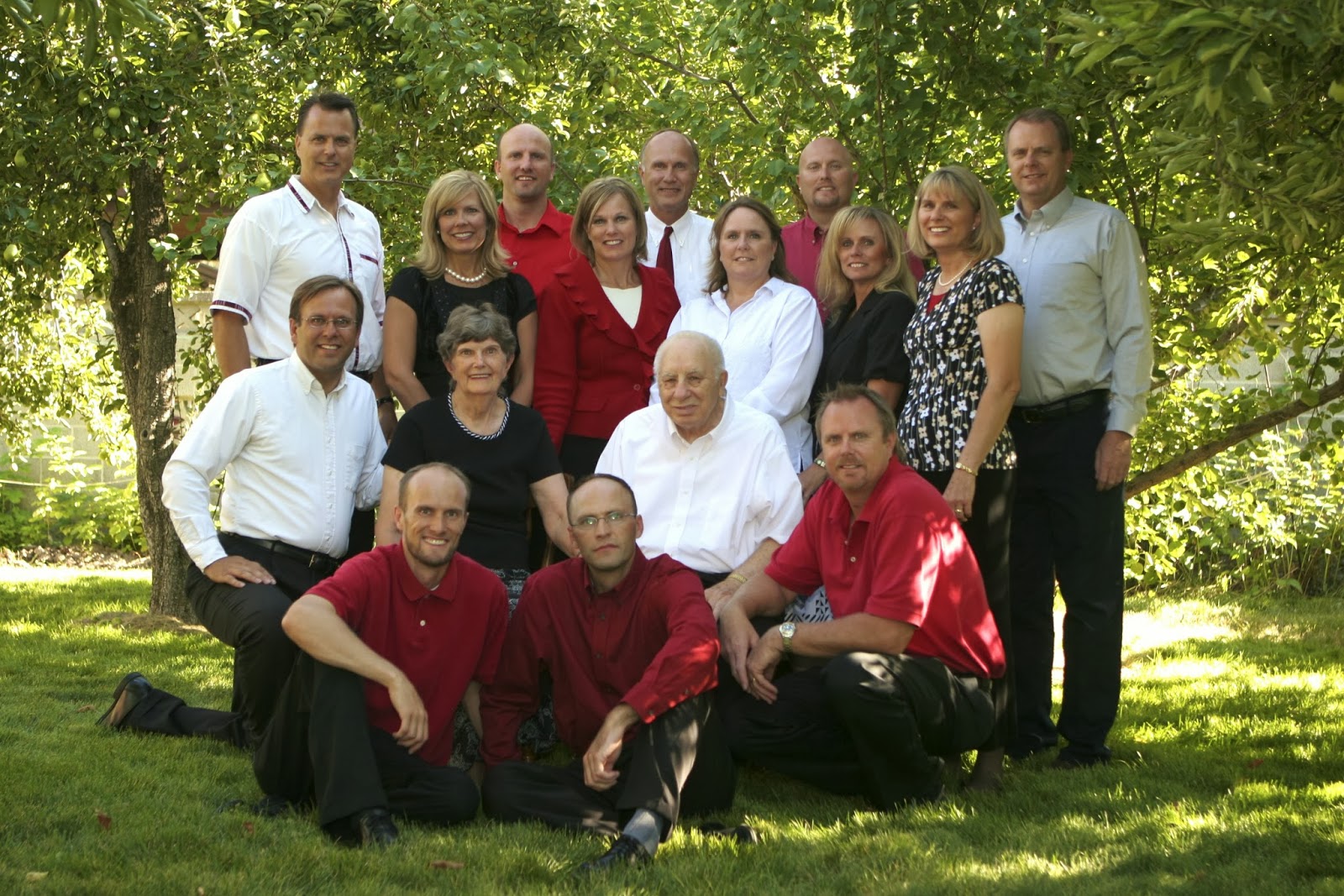Seeing and Believing
In Star Wars: The Empire Strikes Back we see a particular scene where Yoda gives Luke a very difficult, seemingly impossible, task to achieve. Poor young Skywalker has sadly landing his spacecraft in a swampy bog. Little by little the spacecraft has sunk into the swamp and any hope of leaving the outlying planet wanes day by day.
Fortunately the impressive powers of The Force include one that we might call telekinesis. The difference between The Force and telekinesis is that the Force works when the actor becomes one with the universal energy and modulates the midiclorians so that one is able to move objects without physical contact. In telekinesis the actor has an extra-human power within his or her mind that allows this manipulation of objects without direct contact.
So there stand Yoda and Luke watching the ship sink deeper into the water when Yoda directs him to raise it out of the water. Luke has already demonstrated the ability to move, and even stack, rocks and boulders. But he pauses and tries to explain to master Yoda that it is too big and he is not ready. Nevertheless Yoda encourages him and Luke makes the attempt.
With eyes closed and with purposeful oneness with the universe around him Luke begins to raise the ship with the apparent use of nothing but his will and the power of The Force. The excitement builds as it looks like success is imminent. R2D2 is so excited that he begins to beep, blip and wiggle. Whether that distraction alone was enough or whether it was something else I do not know. But the connection is lost and the ship falls and disappears into the depths of the bog.

Luke shrinks in failure and disbelief. He protests that he cannot that it is too big. "Judge me by my size do you?" responds Yoda. Then he proceeds, in the manner that only a muppet can, to raise the ship and move it to solid ground.
Luke then declares, "I don't, I don't believe it."
Yoda, "That is why you fail."
Have we not all heard the phrase, "Seeing is Believing"? This phrase suggests that experience precedes belief. Once we see something then we believe it.
 A well known psychotherapist once experienced his own Freudian slip of the tongue by stating, "I'll see it when I believe it." That inadvertent transposition creates a curious question. Do we see things and then believe them or do we believe them and then see them?
A well known psychotherapist once experienced his own Freudian slip of the tongue by stating, "I'll see it when I believe it." That inadvertent transposition creates a curious question. Do we see things and then believe them or do we believe them and then see them?  I think in our relationships with others it is often more of the latter. Consider the people who annoy you beyond measure. Their very presence is sufficient to drive you crazy. You see all of their flaws and their errors. But is it not likely that those very people have family and friends who love them and see all that is good?
I think in our relationships with others it is often more of the latter. Consider the people who annoy you beyond measure. Their very presence is sufficient to drive you crazy. You see all of their flaws and their errors. But is it not likely that those very people have family and friends who love them and see all that is good?Whether you believe then see or see then believe can we at least commit to look for the good.




Comments
Post a Comment
Thank you for keeping your comments positive and helpful..